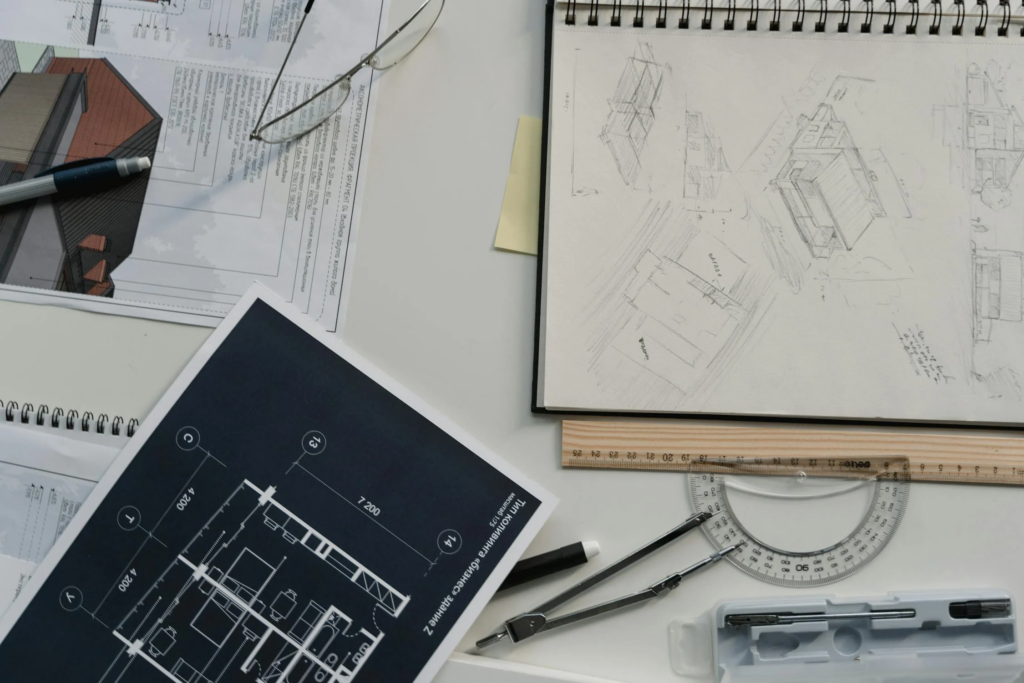Achieving Net-Zero Targets: The Power of Whole Building Lifecycle Assessments

Whole Building Lifecycle Assessments are revolutionary to reducing resource extraction for the construction of new buildings and the waste generated by demolishing existing structures at the end of their useful lives. This is a game changer for the sustainable construction industry. Sheida Shahi explains why these assessments have so much impact and examines the various facets of that impact, including financial benefits and applications as a regulatory tool.
Introduction to WBLCAs
Whole Building Lifecycle Assessments (WBLCAs) are emerging as a cornerstone for sustainable development in the built environment. They systematically evaluate a building’s environmental impact from the initial extraction of materials to construction, operation, and eventual decommissioning or reuse. With climate change at the forefront of global challenges, WBLCAs matter now more than ever. The building and construction industry is a major contributor to global carbon emissions, and lifecycle assessments provide a data-driven methodology to identify opportunities for reductions in both embodied and operational carbon.
Avoiding the extraction of primary materials while reducing the waste generated at the end of life of existing buildings may seem utopian to many countries, but in many others, this is already a tangible reality.
This is because the realistic implementation of building material reuse depends on several regional factors such as construction and demolition norms, labour costs, secondary material markets, and general perceptions and culture towards material recovery processes.

Canada’s secondary markets for salvaged building materials, particularly wood, offer promise for a more sustainable construction sector. However, widespread adoption by building owners remains limited mainly due to cultural barriers and a lack of strong policy framework [1]. Reusing valuable materials like steel and wood could be economically viable (e.g., offsetting deconstruction costs [2]), but a more supportive ecosystem is needed to make this a norm.
In China, Construction and Demolition Waste (CDW) accounts for 30% to 40% of total waste, but only 5% of it gets recycled [3]. However, 90% of this waste has high recycling potential [4]. In Brazil, 60% of generated waste comes from the construction sector [5], with materials including concrete, masonry, mortar, and ceramics being discarded. Both countries have great potential, but there are regulatory, behavioural, and technical challenges to overcome before the circular economy to become a reality.
In Switzerland, 70% of deconstruction materials and 75% of excavated construction and demolition materials are recycled due to their residual value. However, labor costs for material extraction are high, posing a barrier to circularity despite strong public regulations, cultural acceptance, and a consolidated secondary market [2].
Why WBLCAs Matter Now
The urgency of addressing climate change makes WBLCAs indispensable. Buildings contribute significantly to global carbon emissions, and traditional methods of construction and operation often fail to account for long-term environmental impacts. WBLCAs offer actionable insights that allow architects, engineers, and building owners to minimize emissions, conserve resources, and design more sustainable structures. This holistic approach is key to meeting global net-zero targets and adapting to increasingly stringent environmental regulations.
The financial benefits of WBLCAs are compelling. By identifying inefficiencies and recommending sustainable materials and designs, WBLCAs lead to reduced operational costs, such as lower energy bills and minimized maintenance expenses. Beyond immediate savings, they enhance the market value of buildings, as sustainability is increasingly a key differentiator for tenants, buyers, and investors. Governments and private organizations offer incentives like tax rebates and grants for projects adhering to lifecycle-based assessments, creating further financial motivation. Additionally, WBLCAs prepare building owners for future regulatory requirements, ensuring compliance and avoiding penalties.

Regulatory frameworks and certification bodies, such as LEED and BREEAM, emphasize lifecycle assessments to meet their criteria for sustainable buildings. Global standards like ISO 14040 provide guidelines for conducting these assessments, while organizations such as RICS (Royal Institution of Chartered Surveyors) have formalized methodologies, including the Whole Life Carbon Assessment Standard, to standardize industry practices. These policies collectively aim to embed sustainability into the very fabric of building design, construction, and operation.
How Adaptis Enables Lifecycle Thinking
Adaptis provides an innovative approach to WBLCAs, harnessing proprietary tools that go beyond traditional assessments. Its platform benchmarks existing building emissions and facilitates scenario planning for decarbonization strategies. By integrating cost, carbon reduction targets, material reuse potential, and lifecycle costs, Adaptis enables comprehensive lifecycle thinking. Its tools support building owners and stakeholders in navigating complex decisions with actionable insights, aligning environmental sustainability with economic performance.
References:
[1] Blois, Quinton, Le Troy, Cassidy, Morris, Nolan, 2019. Vancouver’s Salvaged Materials Market.
[2] Mollaei, A., Byers, B., Christovan, C., Olumo, A., De Wolf, C., Bachmann, C., & Haas, C. (2023). A global perspective on building material recovery incorporating the impact of regional factors. Journal of Cleaner Production, 429, 139525.
[3] Huang, B., Wang, X., Kua, H., Geng, Y., Bleischwitz, R., Ren, J., 2018. Construction and demolition waste management in China through the 3R principle. Resour. Conserv. Recycl. 129 (October 2017), 36–44. https://doi.org/10.1016/j. resconrec.2017.09.029.
[4] Duan, H., Li, J., 2016. Construction and demolition waste management: China’s lessons. Waste Manag. Res. 34 (5), 397–398. https://doi.org/10.1177/0734242X16647603.
[5] Esguícero, F.J., Deus, R.M., Battistelle, R., Martins, B.L., Bezerra, B.S., 2021. Construction and demolition waste management process modeling: a framework for the Brazilian context. J. Mater. Cycles Waste Manag. 23, 2037–2050. https://doi. org/10.1007/s10163-021-01247-y.














